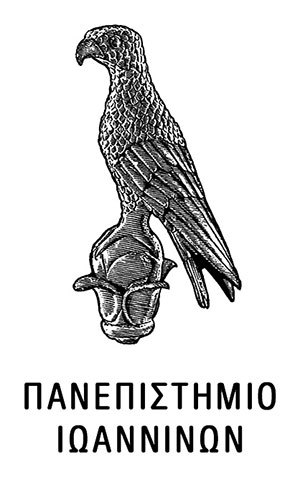The biogenic amine (BA) content of whole and filleted rainbow trout was monitored during ice storage for a period of 18 days and related to respective microbial and sensorial changes occurring during the same period. Eight amines, namely, putrescine, cadaverine, tyramine, spermidine, tryptamine, beta-phenylethylamine, spermine, and histamine, were determined. Agmatine was not detected in any of the fish samples. In all cases, concentration of BAs was higher (P < 0.05) in filleted compared with whole trout samples. Pseudomonads, H(2)S-producing bacteria, and, to a lesser extent, Enterobacteriaceae were the dominant microorganisms in both whole and filleted trout. Higher populations (P < 0.05) of these microorganisms were present in filleted trout compared with whole fish samples. Of the BAs determined, concentration of putrescine, cadaverine, spermidine, tryptamine, and beta-phenylethylamine increased steeply in both whole and filleted trout between days 15 and 18 of storage when pseudomonads and H(2)S-producing bacteria reached approximately 10(6) to 10(7) CFU/g. For the rest of the BAs, including tyramine, histamine, and spermine, a stepwise increase was recorded throughout the entire storage period. Interestingly, Enterobacteriaceae counts remained below 10(6) throughout the entire storage period, accounting for the lower production of histamine. A putrescine value of 13 to 14 mg/kg and a spermidine value of approximately 7 mg/kg for both the whole and filleted trout obtained after 12 and 9 days, respectively, may be proposed as the upper limit for spoilage initiation (freshness indicator) of fresh rainbow trout based on sensorial and microbiological (total viable count of 10(6) to 10(7)) data. With respect to other amines determined, both tyramine and spermine may also be proposed as freshness indicators preferably for whole trout, whereas tryptamine, beta-phenylethylamine, histamine, and cadaverine produced only during later stages of storage are not suitable as freshness indicators of either whole or filleted trout.
(EN)

